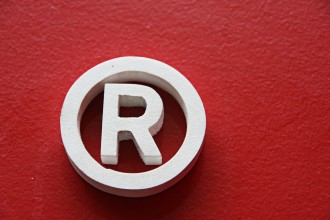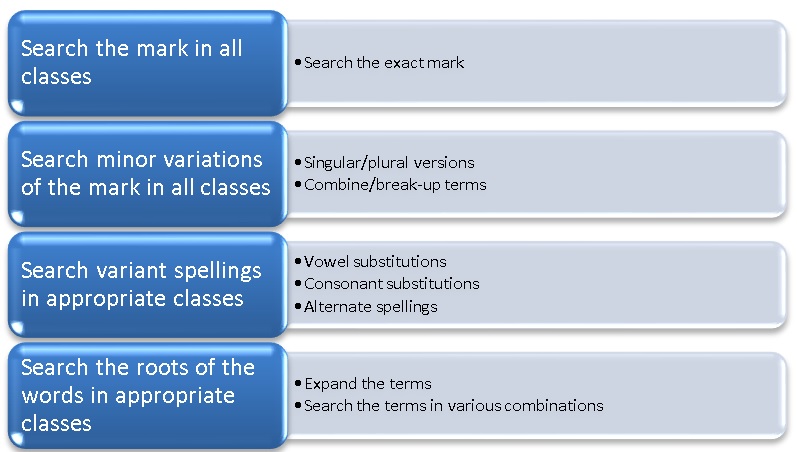
February 3, 2017
Selecting a Mark
While branding is important, selecting a mark for a new business can occupy a disproportionate amount of management’s time and the company’s resources, and present significant risks to the business.
The biggest problem is the tendency of business people to select a mark that is merely descriptive of the business’ products or services. George Eastman’s explanation of how he came up with the KODAK brand is advice that all new businesses would Ideally follow: “I knew a trade name must be short, vigorous, incapable of being misspelled to an extent that will destroy its identity, and in order to satisfy the trademark laws, it must mean nothing.” However, most businesses cannot resist a mark that says something about the product or service. Where the mark describes the product or service, it is not protectable (at least immediately) because competitors need to use it to describe their products or services, but where the mark simply suggests something about the product or service, there is no competitive need to use it and the suggestive mark can be protected upon its adoption. When you select a mark, you should identify something in it that is unique and distinctive.
Another source of difficulty is the tendency of business people to get attached to a mark before it is fully cleared, and, as a result, ignore warning signs of potential problems with the mark. When deciding whether a prior mark is an obstacle, one must be able to dispassionately and honestly answer the question: if the priority of use were reversed, would you object to their mark? If so, then there is good reason to believe that adoption of the mark might lead to problems.
The business should therefore select a mark that is unique and distinctive, that does not conflict with a prior registered or unregistered mark, and is immediately protectable and registrable.
Avoiding conflicts with Prior Marks
The mark you select must not be confusingly similar to a prior mark. Confusing similarity is judged by a number of factors including:
- The similarity of the marks
- The similarity of the products or services
- The channels of trade
- Type and sophistication of customers
The way to identify conflicting marks is to conduct a trademark search. There are three levels of searching: (1) federal trademark applications and registrations; (2) state trademark registrations; and (3) common law trademarks. Federal trademarks are searchable for free at www.uspto.gov. Some state trademarks are searchable for free at various state websites, but a complete collection of all of the states is only searchable on pay databases. Common law trademarks can generally be searched on the internet, although relatively minor uses may be buried but are still searchable.
Checklist for the selection of a mark
□ The mark has a unique or distinctive feature
□ The mark is not confusingly similar to a prior art
□ The mark does not dilute the distinctiveness of a prior famous mark
□ The mark does not tarnish a prior famous mark
□ The mark is not confusingly similar to a prior mark
□ The mark does not contain immoral, deceptive, or scandalous matter
□ The mark does not disparage or falsely suggest a connection with persons living or dead, institutions, beliefs or national symbols or bring them into contempt or disrepute
□ The mark does not contain any flag, coat of arms, or other insignia of the United States, a state or municipality, or a foreign nation
□ The mark does not contain the name, portrait, or signature of a living person without permission
□ The mark does not contain the name, portrait, or signature of a deceased president without the permission of the surviving spouse
□ The mark is not merely descriptive
□ The mark is not deceptively misdescriptive
□ The mark is not primarily geographically misdescriptive
□ The mark is not primarily merely a surname
□ The mark is not inadvertently offensive
Searching
The law does not require a business to conduct a mark before adopting a mark, although courts are often critical of businesses that do not conduct a search especially when the business has the resources to do so. It is in a business’ interest to avoid a trademark infringement claim, and to avoid wasting time and money creating and promoting a mark it will have to give up.

To properly evaluate a search, consider:
- Why was the mark selected?
- Because of any resemblance to other marks in the field?
- Because of what is says about the product or service?
- What is the closest mark in any field?
- If this was the junior mark, would you want to object to it?
- What is the closest mark in the same field?
- If this was the junior mark, would you want to object to it?
No trademark search can completely eliminate the risks of adopting a new mark, but searching can significantly reduce those risks.


































